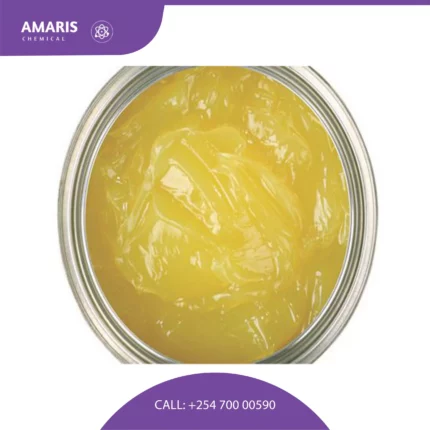
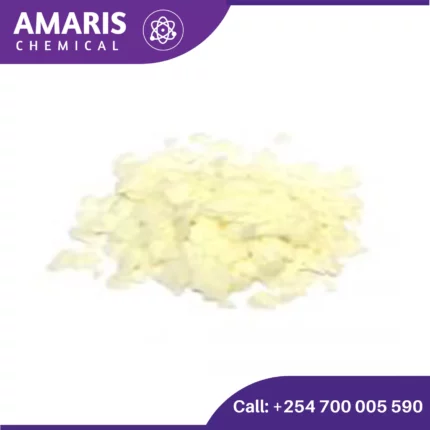
Amphoteric
$9,500.00 Original price was: $9,500.00.$9,400.00Current price is: $9,400.00.
Amphoteric refers to a substance or compound that has the ability to react as both an acid and a base. In other words, it can either accept a proton (H+) to act as a base or donate a proton to act as an acid, depending on the conditions of the reaction. The term “amphoteric” is often used in the context of chemistry to describe species that exhibit this dual nature of reactivity.
Amphoteric Uses
Cleaning and detergents:
Amphoteric surfactants, such as cocoamidopropyl betaine, are widely used in cleaning products and detergents. These compounds exhibit excellent foaming, cleaning, and wetting properties and are effective in both acidic and alkaline environments.
Personal care products:
Amphoteric compounds are utilized in various personal care products like shampoos, conditioners, body washes, and facial cleansers. They contribute to the mildness of the formulations and help in maintaining the pH balance of the products.
Water treatment:
Amphoteric chemicals are employed in water treatment processes, particularly for controlling pH levels. They can act as both acid and base, allowing them to neutralize the water and maintain its desired pH range.
Pharmaceutical industry:
Amphoteric compounds find applications in the pharmaceutical sector. For example, certain drugs that exhibit both acidic and basic properties may require amphoteric substances as excipients to stabilize their formulations or enhance solubility.
Corrosion inhibitors:
Amphoteric corrosion inhibitors are used to protect metals from corrosion in various industrial applications. These compounds form a protective layer on the metal surface, preventing the corrosive attack by acids or bases.
Emulsion stabilization:
Amphoteric molecules are often utilized as emulsifiers to stabilize oil-in-water or water-in-oil emulsions. They help to prevent phase separation and maintain the stability of the emulsion over time.
Electroplating:
In electroplating processes, amphoteric substances can assist in the deposition of metals onto the desired surfaces. They can act as a source of protons (acidic) or hydroxide ions (basic), which are essential for the electrochemical reactions involved.
| AVAILABLE PACK SIZE |
25kg( Metal or Plastic Jerrycan/ Bucket, Bag, Box, Polythene bag, Carton bag) |
|---|---|
| COUNTRIES OF ORIGIN |
CHINA |
1. Basic Identification Attributes
- Chemical Name:
- Example: Cocamidopropyl betaine (CAPB)
- IUPAC: 1-Carboxy-N,N-dimethyl-N-(3-(1-oxococoalkyl)amino)propyl)methanaminium hydroxide, inner salt
- CAS Number: 61789-40-0 (for CAPB)
- HS Code: 3402.13.90 (for amphoteric surfactants)
- Molecular Formula: C₁₉H₃₈N₂O₃ (for CAPB)
- Synonyms:
- Betaine surfactants
- Zwitterionic surfactants
- Trade Names: Tego Betaine, Dehyton® AB-30
2. Physical & Chemical Properties
- Physical State: Clear, viscous liquid (typically 30–50% aqueous solution).
- Color & Odor: Colorless to pale yellow; mild fatty odor.
- Boiling Point: >100°C (decomposes; aqueous solution).
- Melting Point: N/A (liquid form).
- Density: ~1.0–1.1 g/cm³ (for solutions).
- Solubility:
- Miscible with water, ethanol, glycols.
- Insoluble in non-polar solvents (e.g., hexane).
- pH Level: 4.5–7.5 (5% solution; pH-dependent zwitterion formation).
- Vapor Pressure: Low (similar to water).
- Flash Point: Non-flammable (aqueous solutions).
- Viscosity: 100–500 cP (for 30% solutions).
3. Safety & Hazard Attributes
- Hazard Class (GHS):
- Not classifiedas hazardous (dilute forms).
- Skin/Eye Irritation: Mild irritant at high concentrations (Category 3).
- NFPA Ratings:
- Health: 1| Flammability: 0 | Reactivity: 0.
- Exposure Limits:
- No specific OSHA PEL; handle per general surfactant guidelines.
- Reactivity:
- Stable in acidic/alkaline conditions (amphoteric nature).
- Avoid strong oxidizers (e.g., hypochlorite).
4. Storage & Handling Attributes
- Storage Conditions:
- Room temperature; avoid freezing.
- Keep containers tightly sealed.
- Incompatible Materials:
- Strong oxidizers, cationic surfactants.
- Container Type:
- HDPE plastic or stainless steel.
- Shelf Life: 1–2 years (stable under recommended conditions).
- Special Handling:
- Gloves and goggles for concentrated forms.
5. Regulatory & Compliance Attributes
- Regulatory Status:
- FDA: Approved for cosmetics (21 CFR 700.25).
- EPA: Low concern under TSCA.
- EU REACH: Registered for cosmetic/detergent use.
- Hazard Symbols: None (for typical use concentrations).
- Transportation Restrictions: Non-hazardous (aqueous solutions).
- Waste Disposal:
- Treat as biodegradable wastewater (per local regulations).
6. Environmental & Health Impact
- Ecotoxicity:
- Low toxicity (LC50 >100 mg/L for fish/algae).
- Persistence:
- Readily biodegradable (>60% in 28 days per OECD 301).
- Carcinogenicity:
- Not listed by IARC/NTP.
- Biodegradability:
- Aerobic/anaerobic degradation pathways
Personal Protection:
- Gloves:Chemical-resistant (nitrile/neoprene)
- Eye Protection:Goggles + face shield for splash risk
- Respiratory:N95 for powders, SCBA for fumes
- Clothing:Acid/base-resistant apron
Handling & Storage:
- Segregation:Store separately from strong acids AND bases
- Containers:Corrosion-resistant (HDPE/glass)
- Ventilation:Fume hood for powder handling
- Special:Monitor pH when dissolving (may self-react)
Incompatibilities:
- Strong acids:May react violently (e.g., HCl + Al(OH)₃ → AlCl₃ + H₂O)
- Strong bases:May dissolve (e.g., ZnO + NaOH → Na₂ZnO₂)
- Oxidizers/Reducers:Case-by-case risk
Inhalation:
- Immediate fresh air
- Oxygen if breathing difficulty
- Medical evaluation for pulmonary irritation
Skin Contact:
- Remove contaminated clothing
- Flood with water for 15+ minutes
- pH-neutral wash if available
- Seek medical help for burns
Eye Contact:
- Immediate 15-minute flush with eyewash
- Eyelid retraction during rinsing
- Urgent ophthalmologist consult
Ingestion:
- DO NOT induce vomiting
- Rinse mouth with water
- Drink 240-300mL water if conscious
- Immediate medical attention
Fire Behavior:
- Most are non-flammable but may:
- Decompose to toxic fumes (e.g., NH₃, metal oxides)
- Accelerate other fires (oxygen release from some oxides)
Extinguishing Agents:
- Primary:Dry powder (Class D for metal amphoterics)
- Secondary:CO₂ or foam (avoid water if reacts)
Firefighter PPE:
- Full SCBA + chemical-resistant suit
- Thermal imaging camera recommended
Special Hazards:
- May produce:
- Flammable hydrogen gas (with water)
- Toxic fumes (e.g., AsH₃ from arsenic compounds)
- Runoff pH may be extreme
Small Spills:
- Neutralize with weak acid/base as appropriate
- Absorb with vermiculite/clay
- Collect in chemical waste container
Large Spills:
- Evacuate 50m radius
- Dike far upstream if near water
- Professional HAZMAT team required
Environmental:
- Immediate pH testing of runoff
- Prevent entry to sewers/waterways
Storage:
- Secondary containment required
- Climate-controlled for hygroscopic types
- Clearly label "Amphoteric - Reacts with Acids and Bases"
Disposal:
- EPA Hazardous Waste Determination required
- Never mix with other waste streams
- Licensed hazardous waste contractor recommended

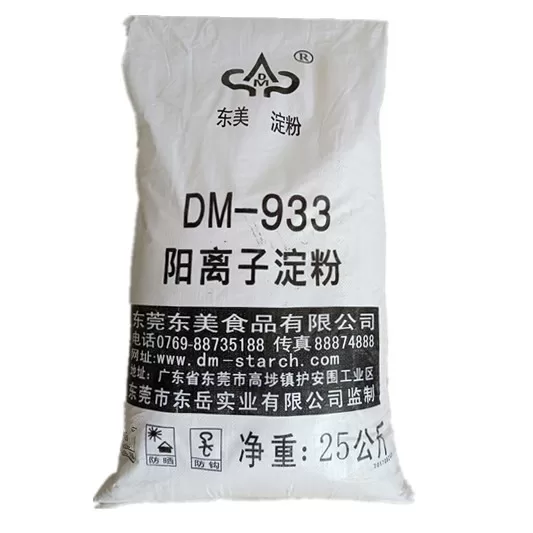
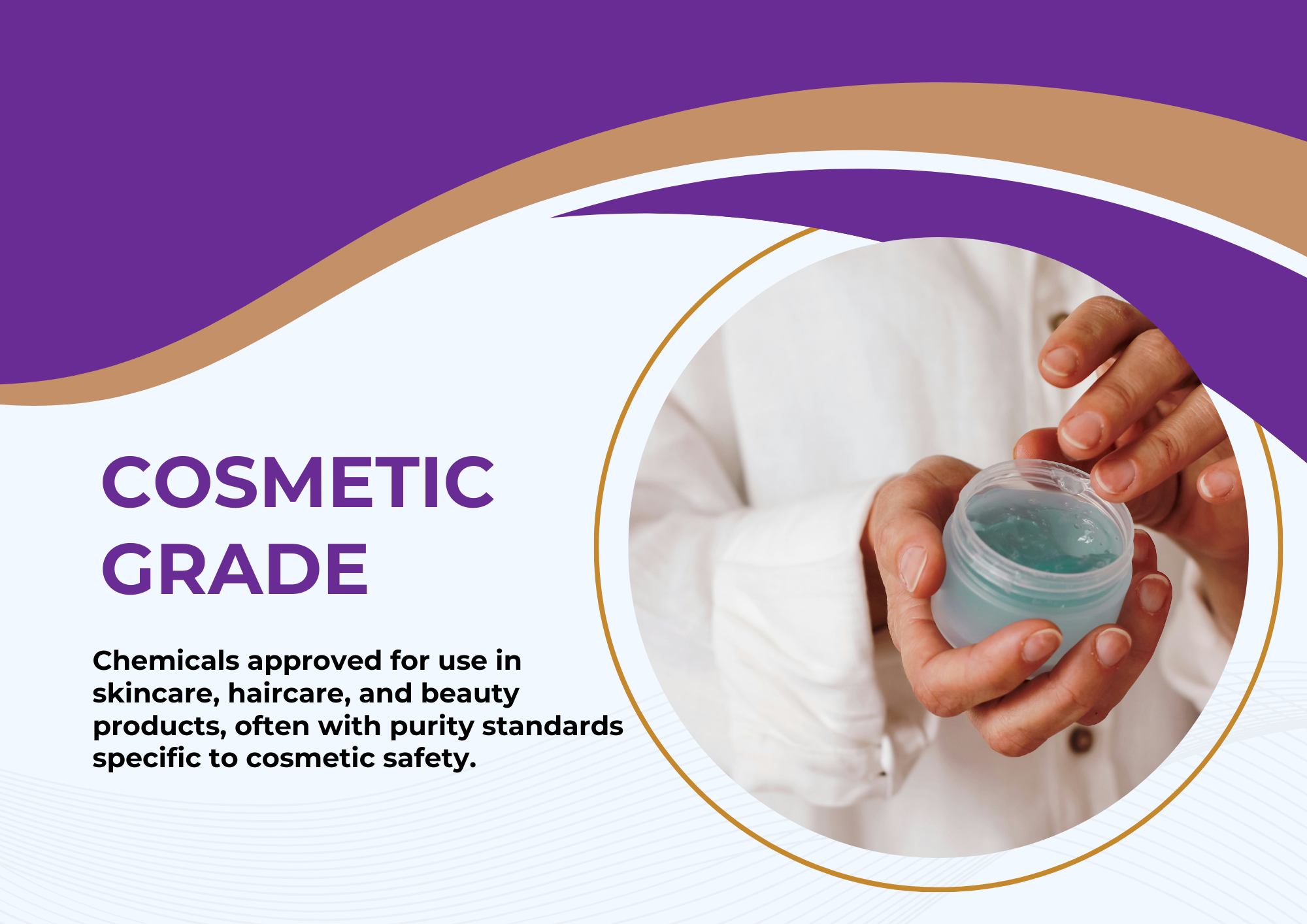
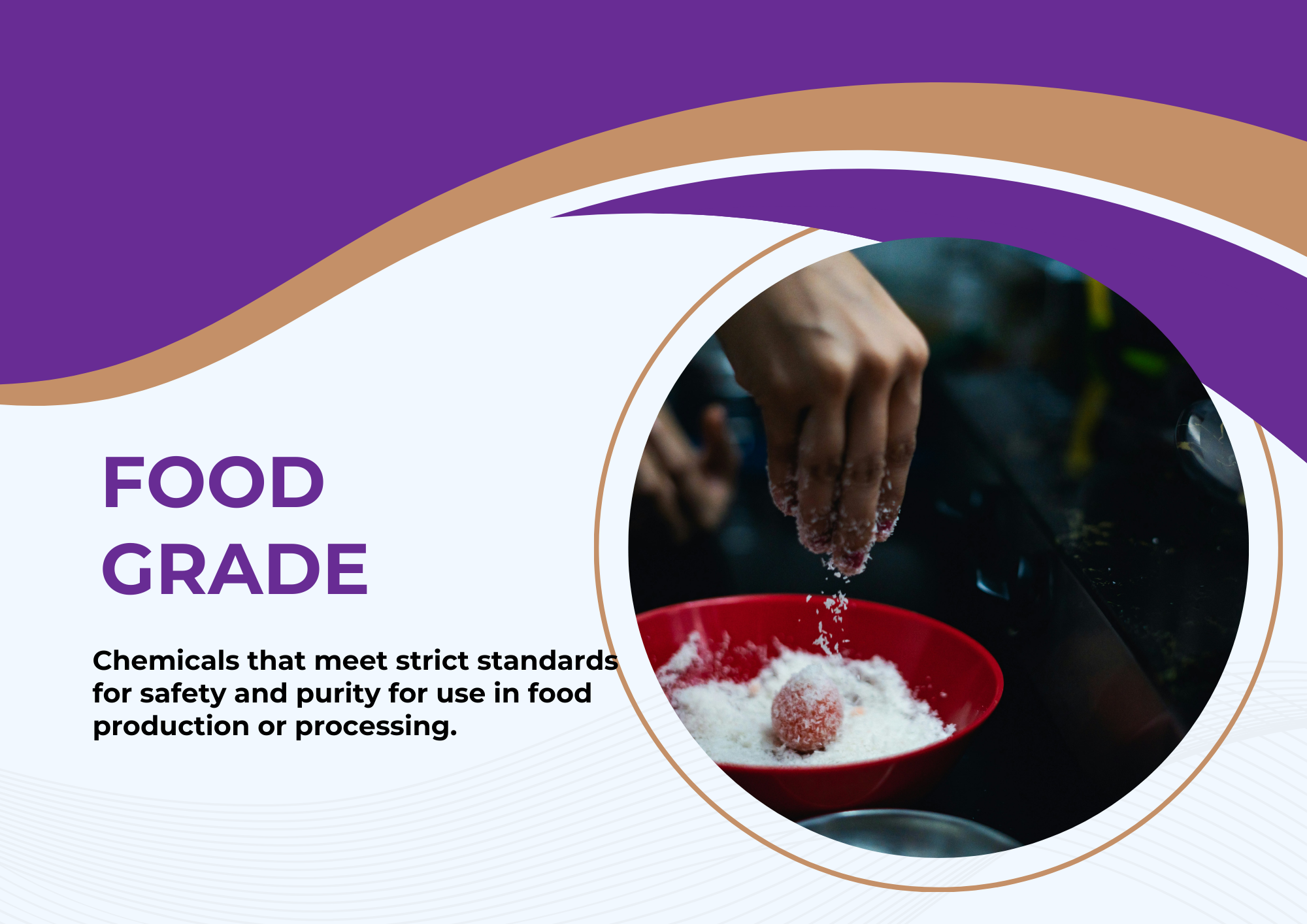



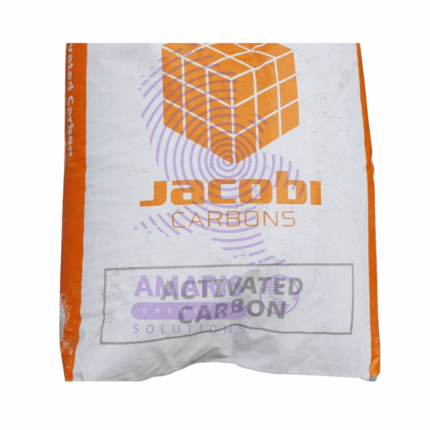
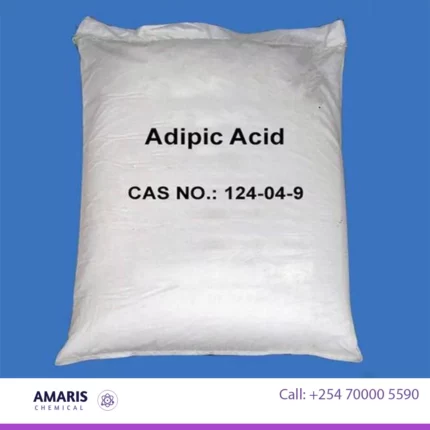
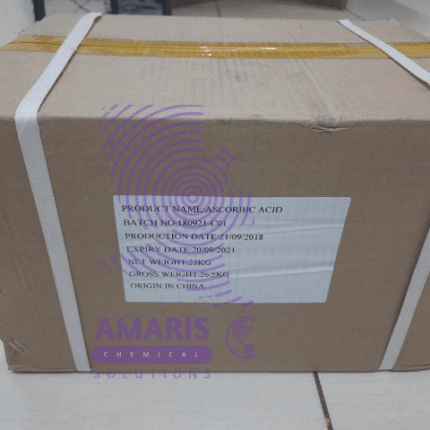
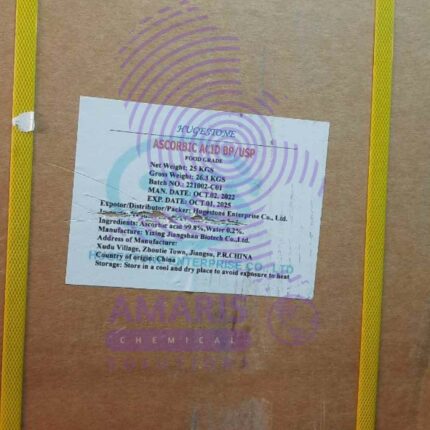

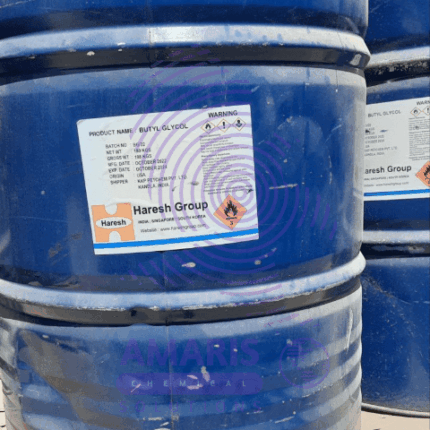
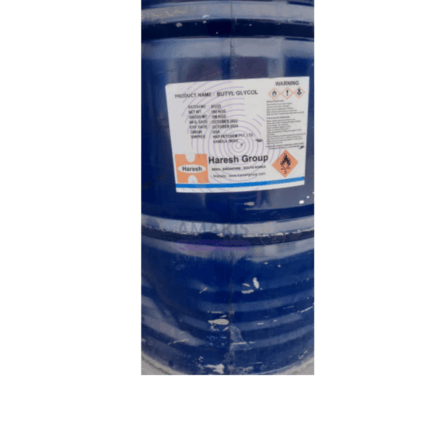

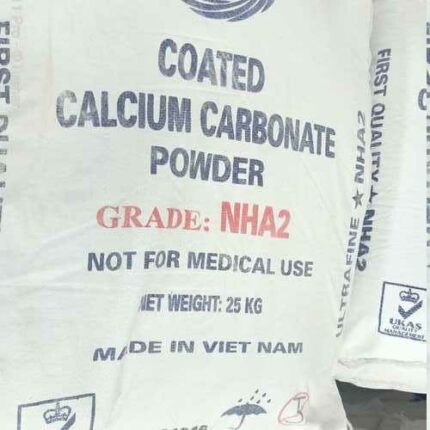
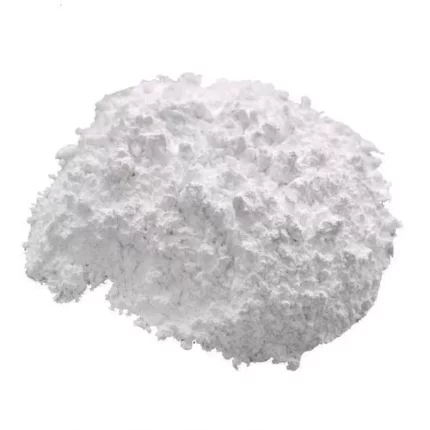
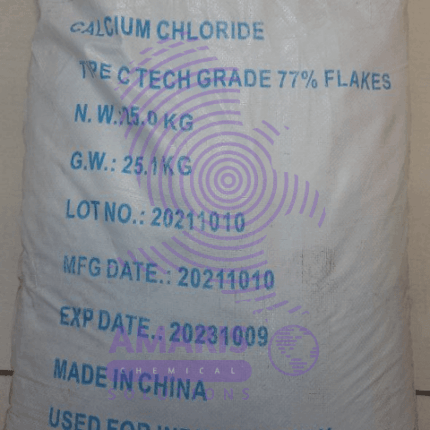
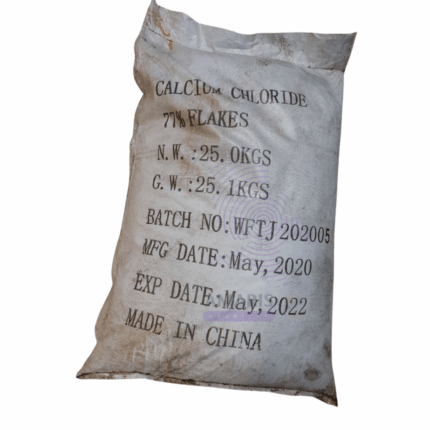













Reviews
There are no reviews yet.